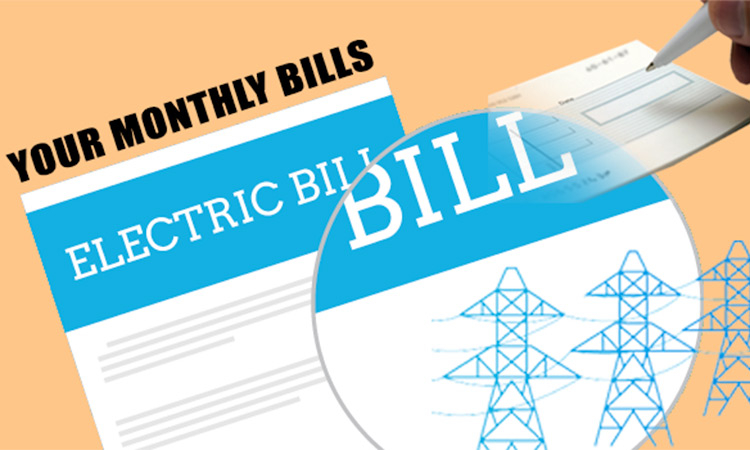It’s looking to be another hot Texas summer. With the heat steadily climbing, electricity bills for air-conditioning and such are sure to go up, too. One very commonly overlooked source of added heat and increased energy bills are windows.

A method that is frequently used to keep heat in during the winter time, can also effectively keep the chill from the air conditioner in the house during the warm summer months. Hanging heavy drapes in front of windows will help keep the house cool by not letting the glaring sun warm up the house. Depending on how many windows you have in your house, installing heavy drapes can be an effective way of keeping your house cool. If buying drapes for all of the windows in your home is too expensive, you could opt to hang them in the areas of your house that get the most sun exposure.
It’s a fair point that, while the installation of heavy drapes can contribute a lot to reducing energy bills during this hot Texas summer, it can also result in a rather large cash layout for the drapes themselves. One cost-effective alternative known to roofers in Austin, TX is to install energy-efficient windows, such as those marketed by Lone-Star Roof Systems, LLC.
Lone-Star Roof Systems, a roofing company Houston natives have come to know and trust, sells and installs windows with energy performance tested and measured by the National Fenestration Rating Council, or NFRC. The presence of the NFRC’s label on a window guarantees its energy-efficient properties.
Among the indicators of energy efficiency the NFRC certifies is a window’s U-value, which is a measure of the rate of heat flow through a window, and is the measured value for the entire window unit: glass, frame, sash, and spacers; the lower the U-value, the lower the heat transfer, and thus the more energy efficient the window is.
Lone-Star Roof Systems’ energy-efficient windows are installed with “Low-E” or “low emissivity” glass, which comes with a thin layer of oxidized metal on one side. The glass remains transparent, but its energy-efficient properties are greatly enhanced.
(Article Excerpt from 5 Easy Fixes For A High Summer Electric Bill, Investopedia.com, June 2013)
